The northern part of Spain is an important growing area for stonefruits, cherries, apricots, nectarines, peaches, paraguayos, platerinas and plums. From the Ebro river valley at the coast, land in to Calatayud, Zaragoza then a bit up, Huesca, more east, Fraga, Lleida and then Taragona area again.
This year, around the first week of April, this whole area had quite some heavy frosts. Even in areas where there would normally never be frost during this time of the year, there were issues with frost this season. Temperatures of 9 degrees below zero were measured. As there were already a lot of small fruits on the trees by that time, a lot of crops are lost.
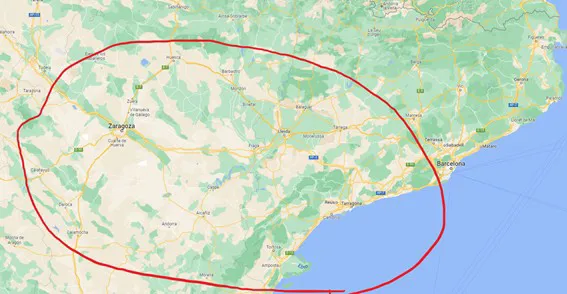
Paul van Groningen, head of sales for Greenfood, visited growers in Spain to assess the situation himself: "I visited this area last week to see and hear what the situation will be for coming season. Normally, around the first week of May, the cherry season would be starting in this area. Then from the end of May, peaches, nectarines, paraguayso, platerinas, apricots would start. This year, as a consequence of the weather, everything has been delayed by around two weeks and, even worse, volumes are down 80% in some products."
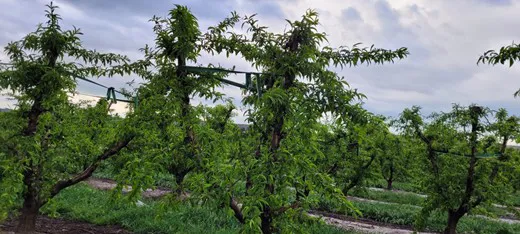 Empty trees. Normally those should be full with fruit.
Empty trees. Normally those should be full with fruit. 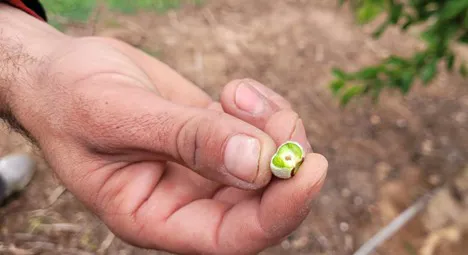
"Still fruit will drop of the trees. As you can see, the ¨stone¨ is a black/brown color, which means it was frozen and these fruits will drop off eventually. So even if you see fruit hanging on the tree right now, a big part will not survive in the future." Van Groningen states.
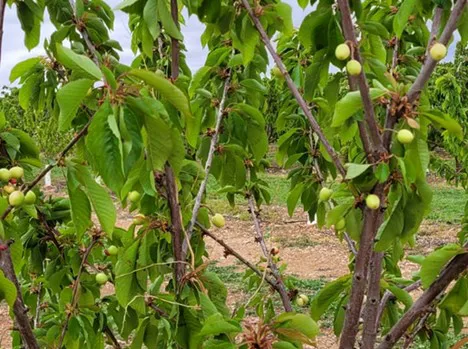
Almost empty trees.
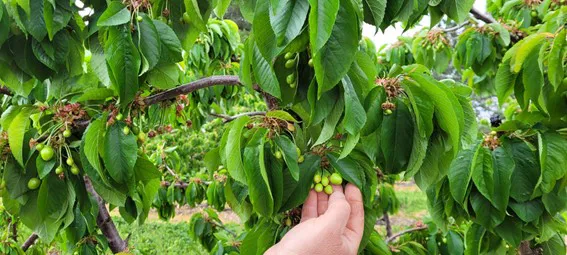
From all stonefruit, cherries are the least affected by the frost. Around 30% less production in compare with a normal year. For apricots, the situation is much more dire, with about 80% it is the most affected fruit.
"We have started the stonefruit season with some peaches and nectarines form Huelva, in the South. This week we will start Murcia produce, around mid/end June, we expect less volume. As Murcia is coming to the end around that time, and the Northern part should start. As this year the northern part is delayed and will have less fruit, from then onwards it should be more difficult. There should be a bit more produce in August and September, as the later varieties are less affected by the frost." Van Groningen concludes.
For more information:
Paul van Groningen
Greenfood
Tel: +34 972 667 216
Email: paul@greenfoodiberica.es
www.greenfoodiberica.es
